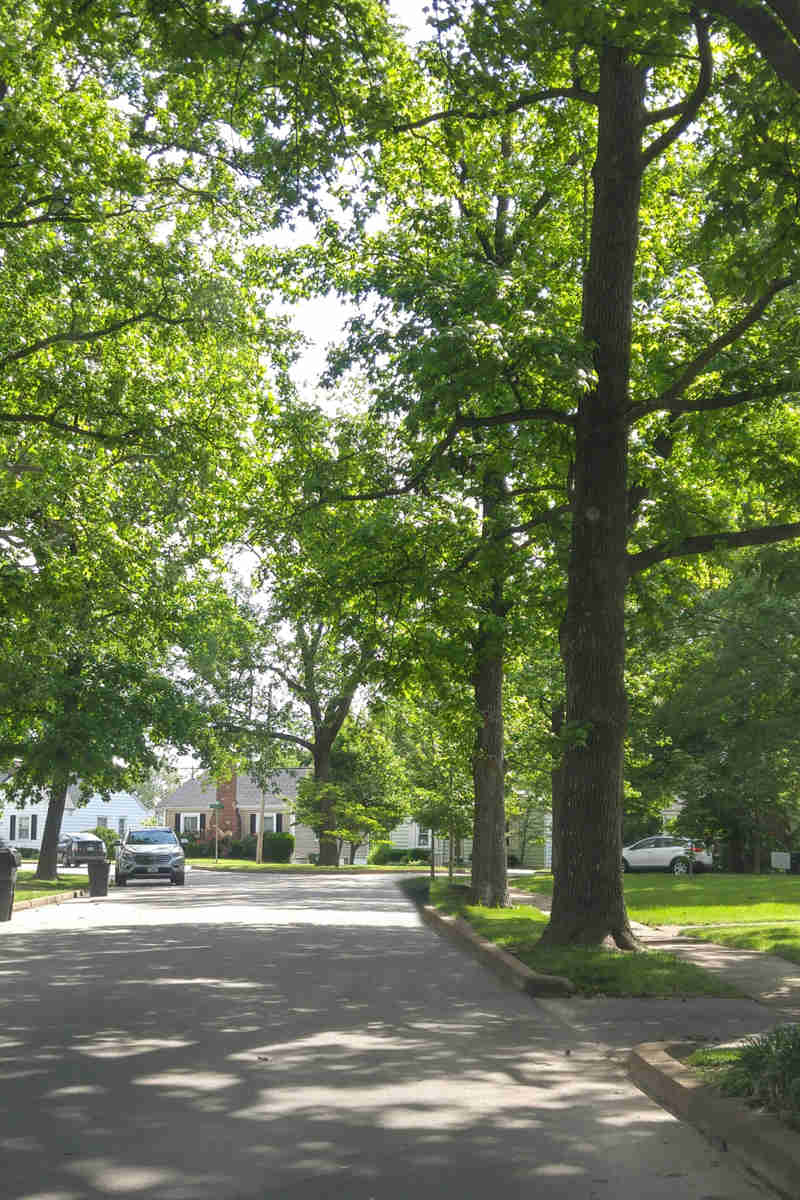Road salt is the most widely used and cost-effective method to help keep roadways, parking lots, and sidewalks clear of snow and ice in winter on your commercial property. But, like anything, too much of a good thing can add up, impacting the environment.
Even though road salt is a relatively low-impact solution, studies show that as much as 70% to 80% of salt used to melt ice in winter can end up in groundwater, lakes, and rivers. This means years of road salt applications can have a serious impact on plant and animal species in regions where salt overuse occurs.
While many commercial property managers and municipalities have explored alternatives like beet juice, brine, or sand, they’re more costly and can have infrastructural limitations for smaller municipalities with smaller budgets and equipment.
Yes, using salt in winter can still be a good option as part of commercial snow removal, but knowing the dangers of over-salting, reducing road salt use, and finding better alternatives can help limit its impact on the environment.
Lasting Impacts
Sure, road salt can dissolve in water fairly easily, but even if it’s not visible, it can still be present. And this is where researchers are finding it has longer lasting impacts.
Experts define salt contamination as 1 teaspoon of salt per 5 gallons of water. This can impact animals. At this minimal concentration, salt water can kill zooplankton and other species at the bottom of the food chain, hindering other species that rely on them and increasing potential for algal blooms. It also can impact amphibians like wood frogs and spotted salamanders, exposing them to more parasites and decreasing embryonic survival rates.
Rainbow trout, a sought-after sport fish, also suffers when the concentration of salt is too high in water, limiting their growth and development.
In addition to animals, plants can struggle in salty soil due to altered pH levels, degraded soil structure, and nutrient imbalances.
Road salt can also be corrosive, potentially damaging bridges, concrete, and cars as it moves from pavement to other surfaces.
Finding Solutions
From alternative chemicals to GPS technology, municipalities and contractors alike are finding new ways to reduce or eliminate salt use. Some municipalities, for instance, have switched to magnesium chloride, despite its higher price point.
Some other options include:
- Pre-treating roads with brine solutions to help reduce the need for salt when snow does fall.
- Using sand to help add traction when roads are wet to help keep drivers safe without adding more unnecessary road salt.
Overall, common sense conservation is the most practical way for most commercial businesses and property managers to make a difference in their salt use. These facts can help you make better decisions:
- Less is more. It only takes about 8 ounces of salt to de-ice 150 square feet.
- Shoveling can often help keep surfaces clear and prevent snow and ice buildup, reducing the need for large amounts of salt.
- If there’s salt on the ground that isn’t melting ice or snow, sweep it up and re-apply it before it is washed away into groundwater.
- Watch the temperature. If the surfaces are below 15 degrees Fahrenheit, salt won’t melt snow or ice, so try shoveling, applying sand, or just wait until the temperature goes up enough to use salt.



